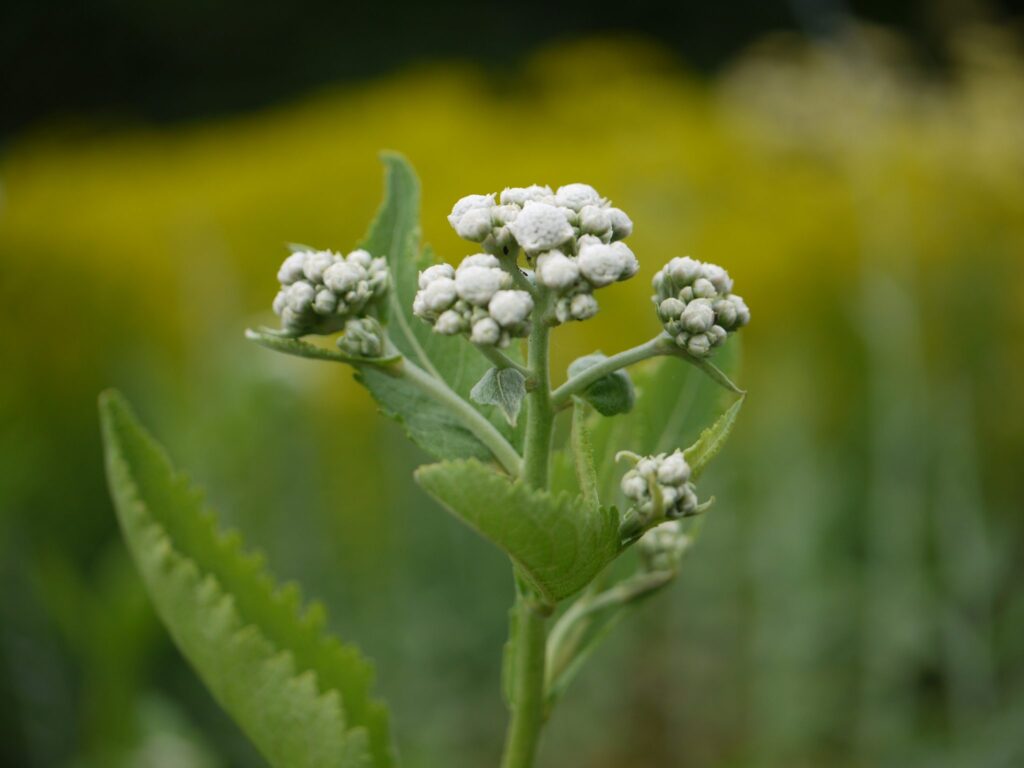- Web Desk
- Jul 03, 2025

Parthenium weed wreaks havoc with yields in KP
-

- Web Desk
- Jul 22, 2023

PESHAWAR: The harmful Parthenium weed, also known as carrot grass, has been playing havoc with yields in the fields, orchards and pastures across Khyber Pakhtunkhwa.
This plant is adversely affecting the production of vegetables, crops, and orchards, becoming a headache for local farmers for several years.
Despite the use of modern and traditional methods to eradicate Parthenium weed, it continues to persist and destroy crops.
Mumriz Khan, a farmer from a village near Peshawar, has been battling this plant for the past four years.
He says, “I only know that this plant, with its white flowers, is destructive to all kinds of vegetables and crops.”
In a conversation with Hum News, he expressed his concerns that the weed’s spread was so rampant that even poisonous sprays have failed to eliminate it.
“I sprayed my tomato crops four times this year, but it was of no use. It has spread everywhere, and next year it will be even worse,” he said.
According to a joint research by Agricultural University Peshawar and other institutions, Parthenium weed was first reported in Pakistan in Gujarat in 1980.
Since then, it has spread throughout the country in the past four decades.
The research indicates that Parthenium weed can spread through air, water, and transportation, and now it has spread across the hills, pastures, orchards, and fields of Khyber Pakhtunkhwa.
Agricultural University Vice-Chancellor Dr Jehan Bakht told Hum News that Parthenium weed is known by several names, including carrot grass, which poses a consistent threat to humans, animals, and insects.
“Wherever this weed takes hold, it causes a 20 to 25 per cent reduction in crop yield, and if animals consume it, the quality of milk is compromised.”
Dr Bakht emphasised that eradicating the weed with sprays was no longer feasible, as it was now widespread and cannot be controlled with sprays.
“It is highly resilient. If we manage to get rid of it with sprays, it will spread even more vigorously next year. The only solution is to launch a public campaign and uproot it before it produces seeds,” he said.
According to research from the Center of Excellence in Molecular Biology, Punjab University, one Parthenium weed plant produces 25,000 seeds, making it highly dangerous for local vegetation and biodiversity.
Parthenium weed has also spread in South and Central America.
According to a research article published on a Hindawi website, it has spread to 20 countries worldwide.
In British-controlled India, its seeds were first found in wheat imported in 1910.
From 2001 to 2007, Parthenium weed covered more than a 1.40 million acres of agricultural land in Australia.
It has also caused damage to agriculture and biodiversity in other countries around the world.





